What To Look Out For - May 2016
Colour in natural history is an endless treasure trove of discovery and May is a month of vibrant jewels. One of my favourite colours of the year is the sparkling green of Hawthorn leaves as they burst into life. Anglo-Saxons called it Haegthorn relating to its use in hedges. It has also been called Whitethorn which helps separate it from the similar Blackthorn which has a much darker black, almost purplish bark and often has fewer thorns. The beautiful white blossom flowering in May has been used as an herbal remedy for centuries benefiting the heart and circulation.
English Bluebells are flowering this month! One of our most popular flowers and there are some fantastic Bluebell woods in Yorkshire, try Castle Howard near York or Roseberry Topping near Great Ayton. These woods are home to English Bluebells but their place in our countryside is at risk by colonising non-native Spanish Bluebells. These are often bigger with larger flowers and leaves. The best ways of telling them apart is that the English Bluebell has flowers mostly on one side of the stem which are drooping, or nodding at the top. They also have a sweet smell.
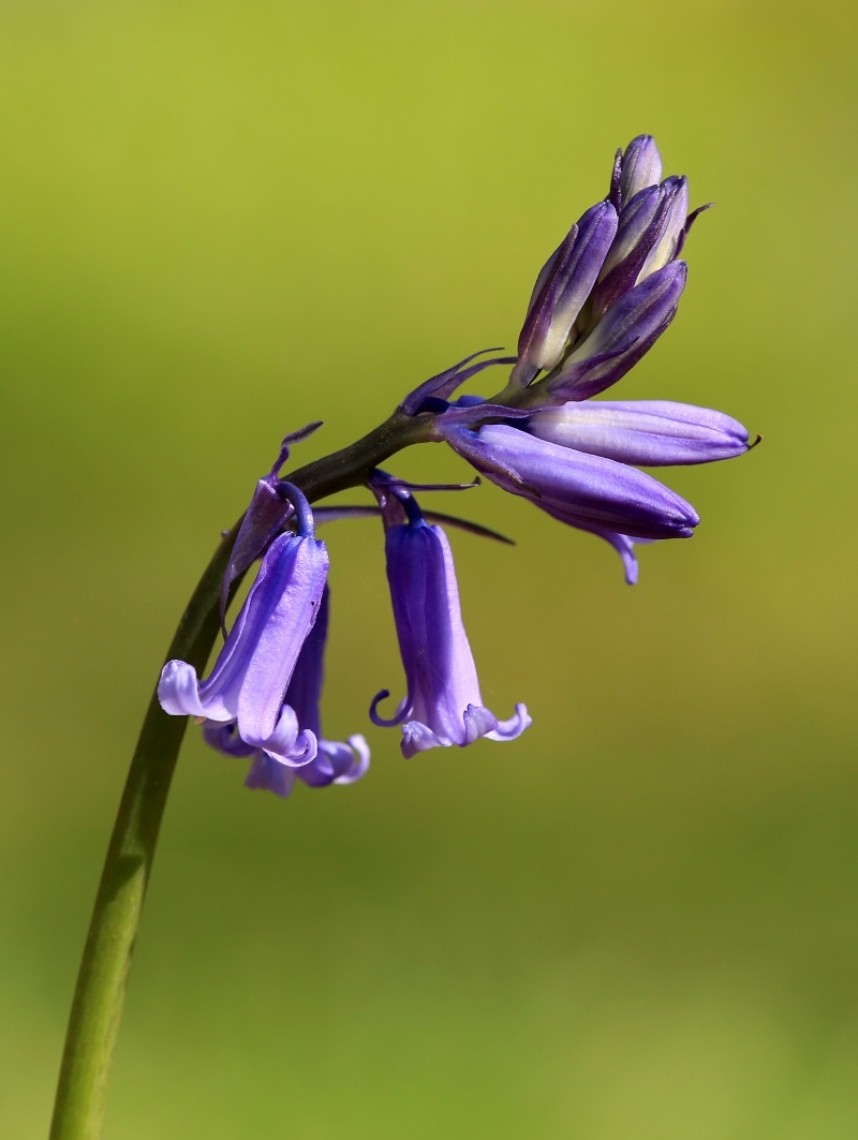
Bluebell North Yorkshire © Dan Lombard
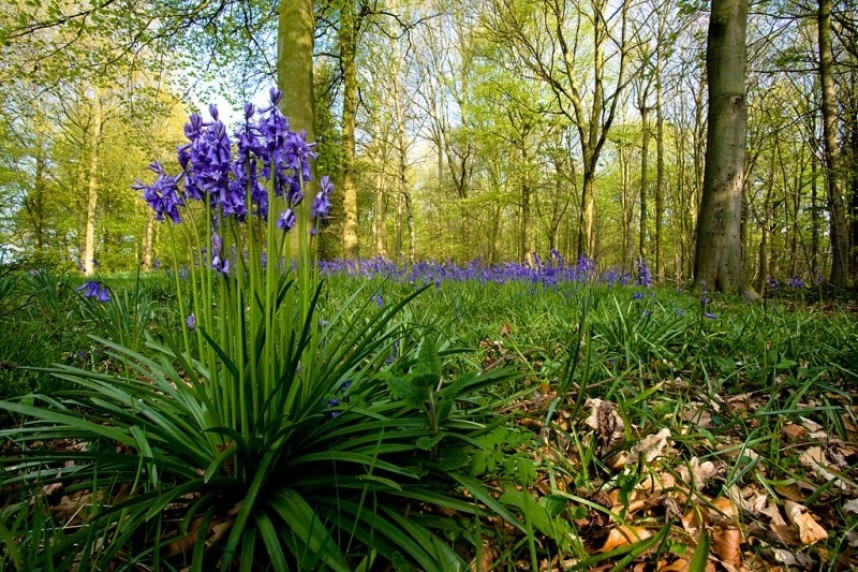
Bluebell Wood Castle Howard Estate
Most migrant birds will have returned onto their breeding grounds by early May and one of the most dashing songbirds is the Common Redstart. When the males arrive back they are pumped up with energy ready to set up territory and court a female. There can be few birds with such a fantastic design from its fiery tail and orange breast to the smart black mask and white forehead. They are hyper alert and don’t often allow close approach but they do habitually sit on an exposed perch eager to watch for flies. Redstarts nest in a hole in an old tree stump or stone wall; they can also use nest boxes. Try looking out for them in Dalby Forest where they can be found in low numbers in many open forest glades.
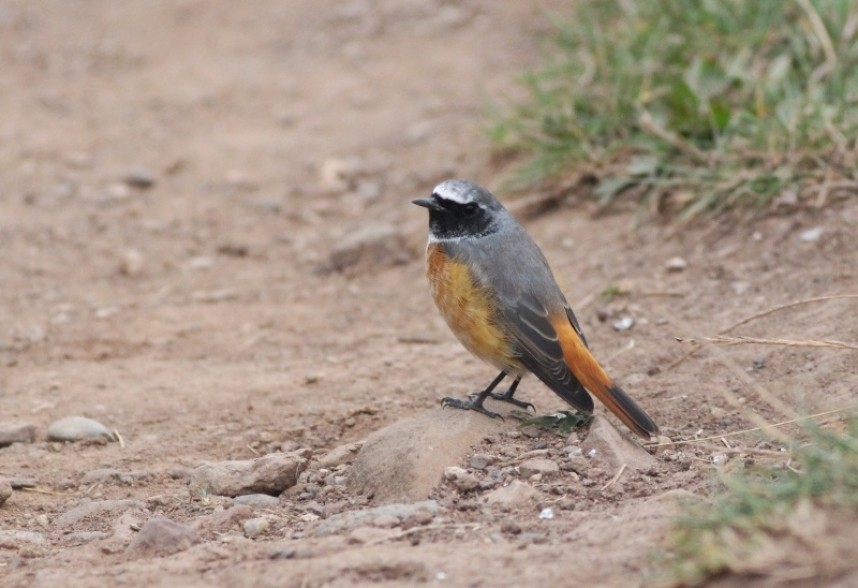
Redstart North Yorkshite © Mark Pearson northernrustic.co.uk
On the coast its rock and roll time for the breeding seabirds on Flamborough Headland! Perched high on the chalk cliffs above the rolling North Sea 200,000 birds battle for room but they often leave on fishing trips for several days. This can be a bit frustrating if you’re looking for Atlantic Puffins but last year’s colony count gives some hope with 2,300 present within the Special Protection Area. The bill of a Puffin is a riot of colour and the fleshy part at the base is called a rosette. Bempton RSPB is a great place for Puffins but don’t forget to try the magnificent cliffs at the Yorkshire Wildlife Trust (YWT) reserve at Flamborough accessed from the nearby North Landing car park. The views here are spectacular and there are usually lots of Puffins.
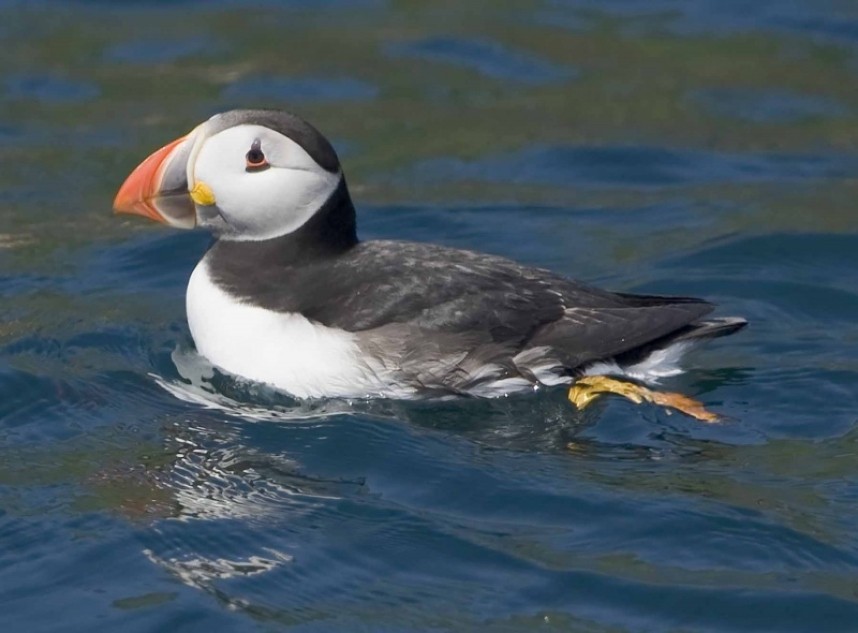
Atlantic Puffin © Steve Race
Rock pools are home to animals with many amazing colours. One of the more spectacular molluscs is the Blue-rayed Limpet. Look out for this tiny creature attached to Kelp on rocky shorelines such as Robin Hoods Bay or YWT South Landing at Flamborough. Keep your eyes peeled though they are easy to miss measuring only 0.5 - 1.5 cm long. When young they are fully transparent with 3 bright iridescent blue lines across the top of the shell.
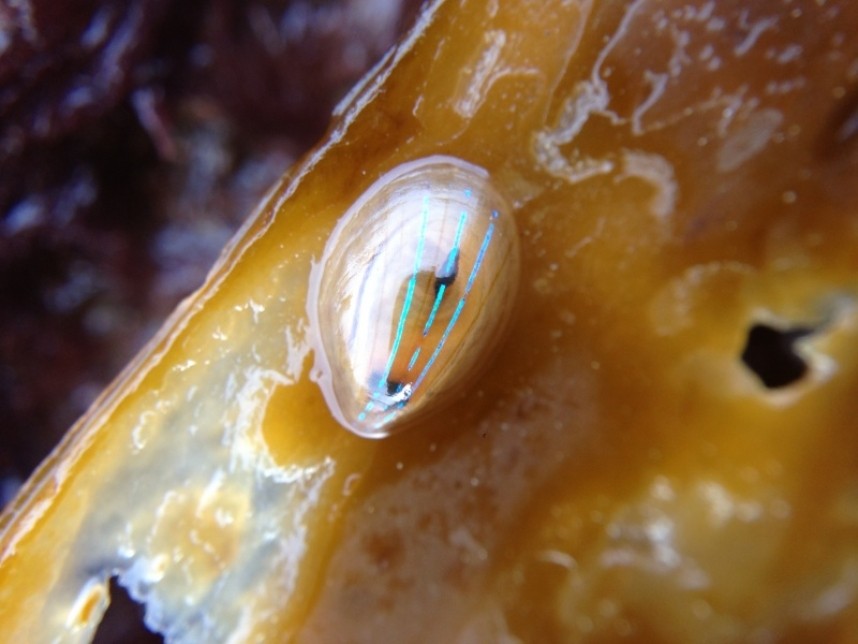
Blue-rayed limpet © Richard Baines
This is the month to look out for Red Fox cubs as they take their first steps into the unknown world outside the den. For the first few weeks after their birth they are dependent upon the female for food and warmth with the male providing food. I took the photo below in May, try to count how many moles this fox has in its mouth! The female often only produces one litter in her lifetime at about 10 months old. Despite this and their high mortality rate they are very successful as a common native mammal. The cubs can be surprisingly dark brown in colour when they are very young, before they moult into their gorgeous orange coat of fur.
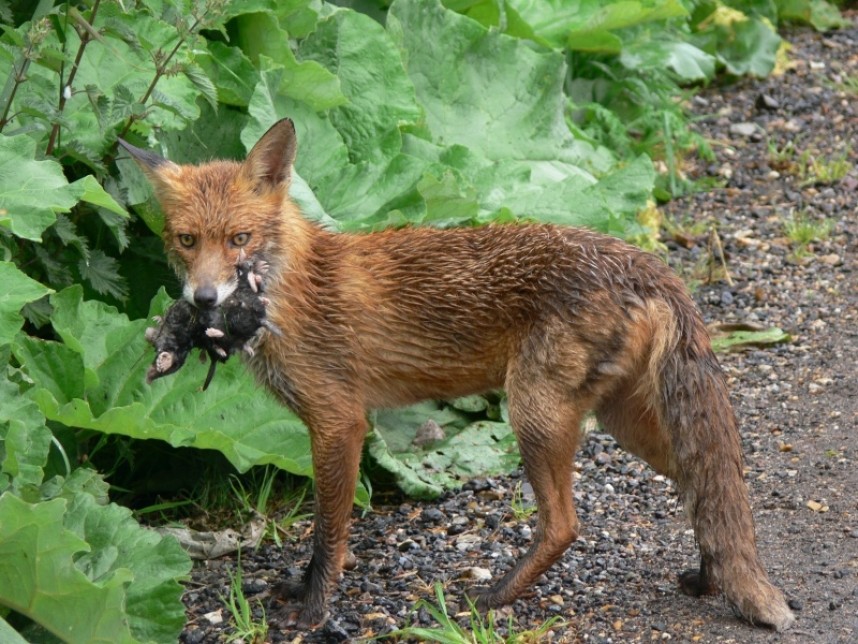
Red Fox © Richard Baines
Some of our most colourful animals are often very small and the Green Hairstreak is so easily overlooked. They very rarely rest with their wings open but when closed they reveal an intense vivid green colour. The scales on the wing overlap in a similar way to roof tiles; the iridescence we see is the interference caused by sunlight hitting the wing interacting with light reflected off the wing. Look out for male Green Hairstreaks as they defend breeding territory often flying back to the same or similar perch. Choose warm and sunny still days and try looking for them on a walk amongst the Heather of the North York Moors National Park or on the coast at Spurn National Nature Reserve.
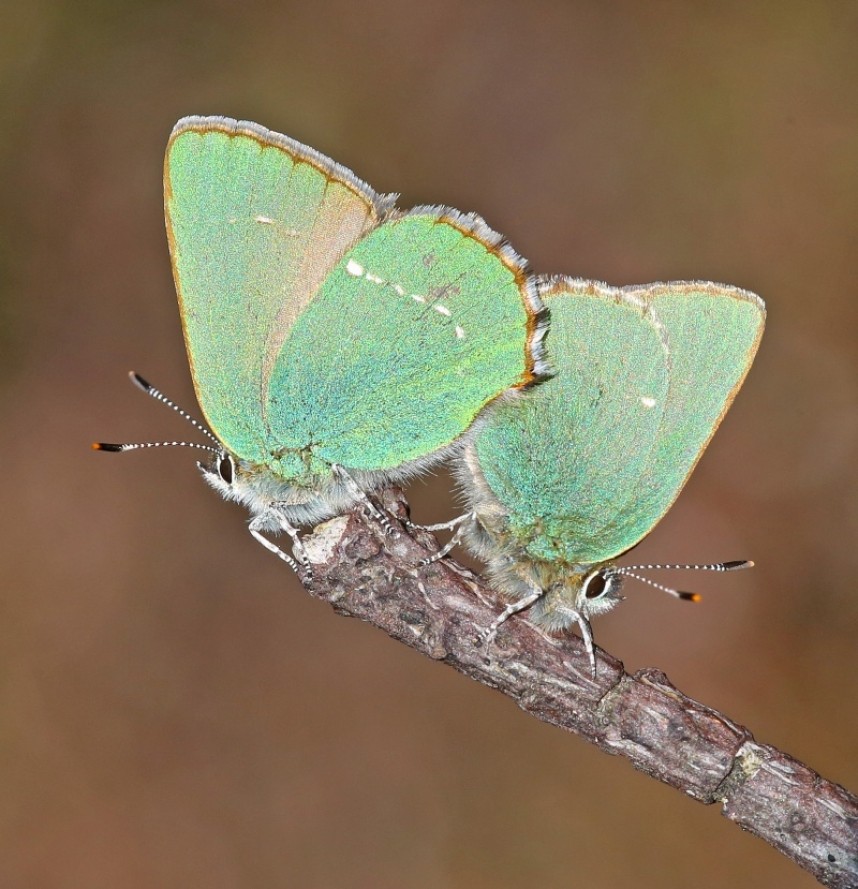
Green Hairstreak © Dan Lombard
Richard Baines
YCN



 Back to Blog
Back to Blog
